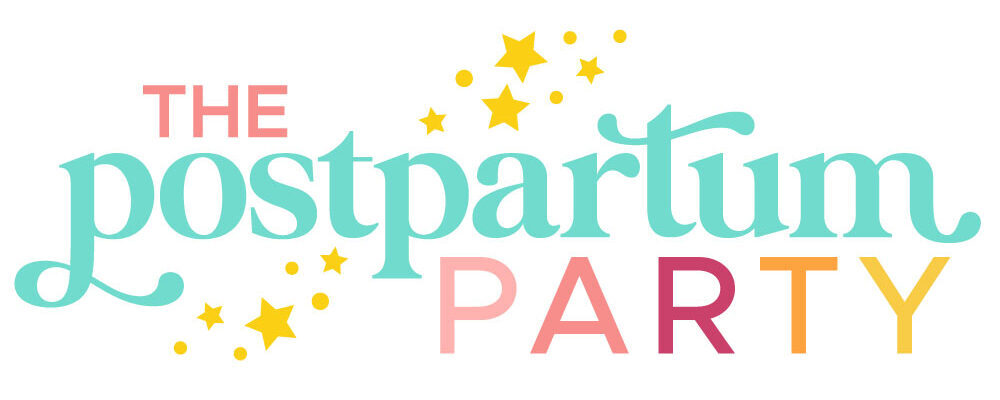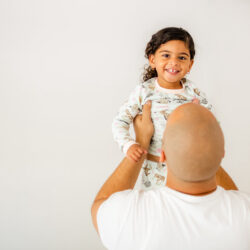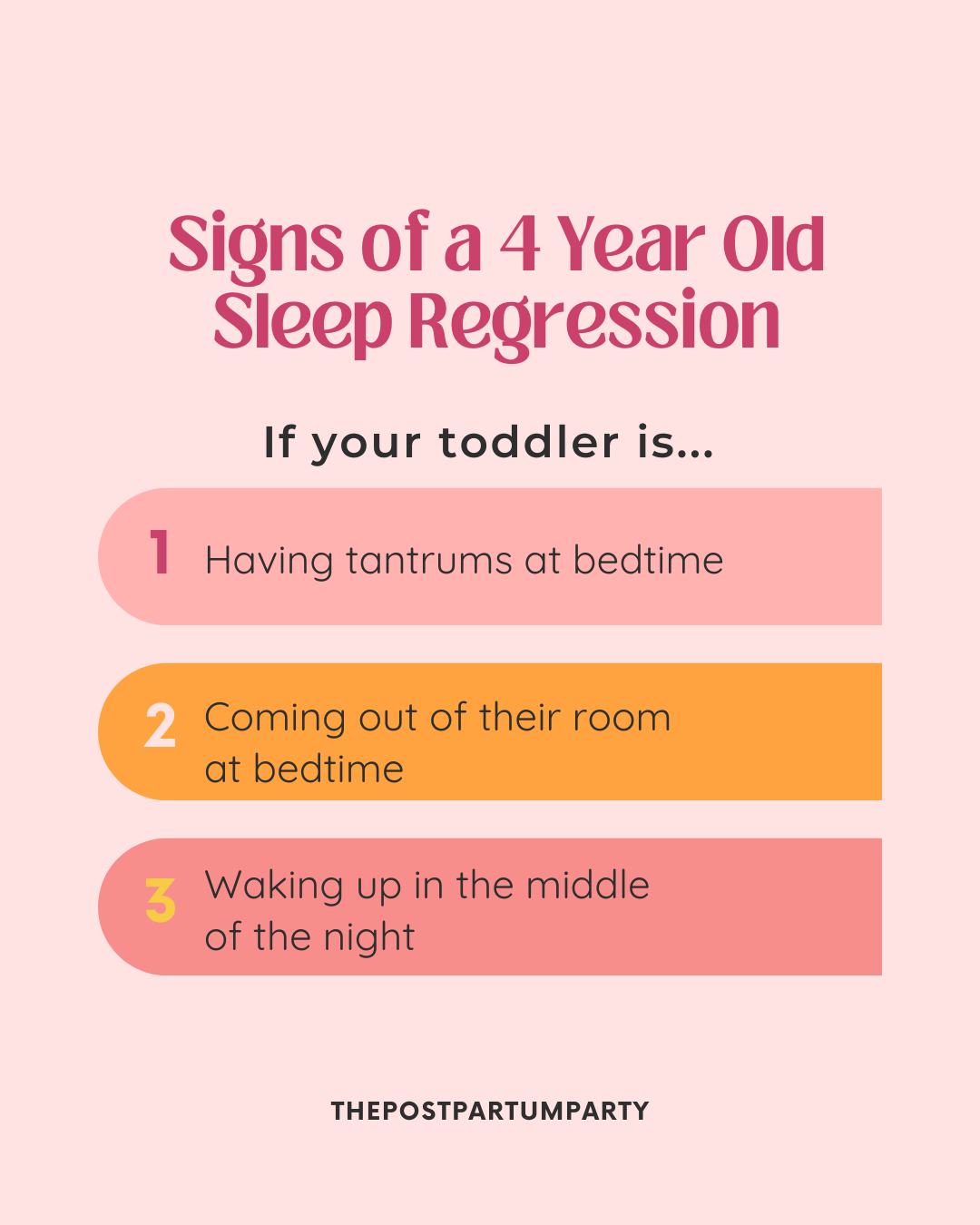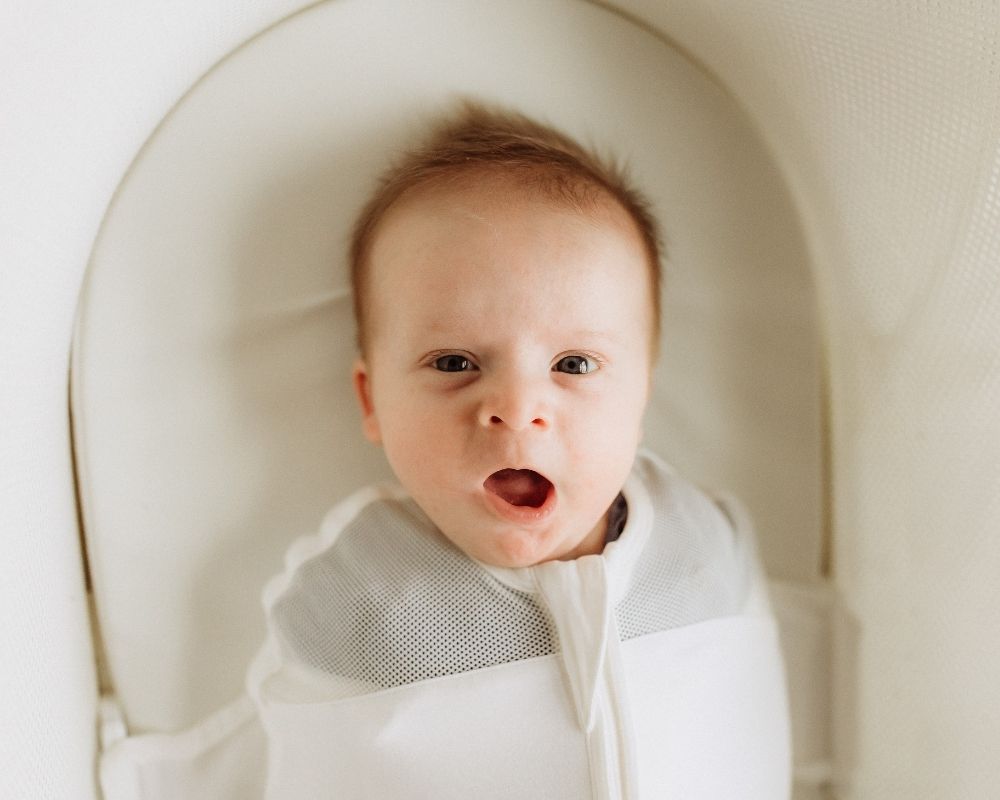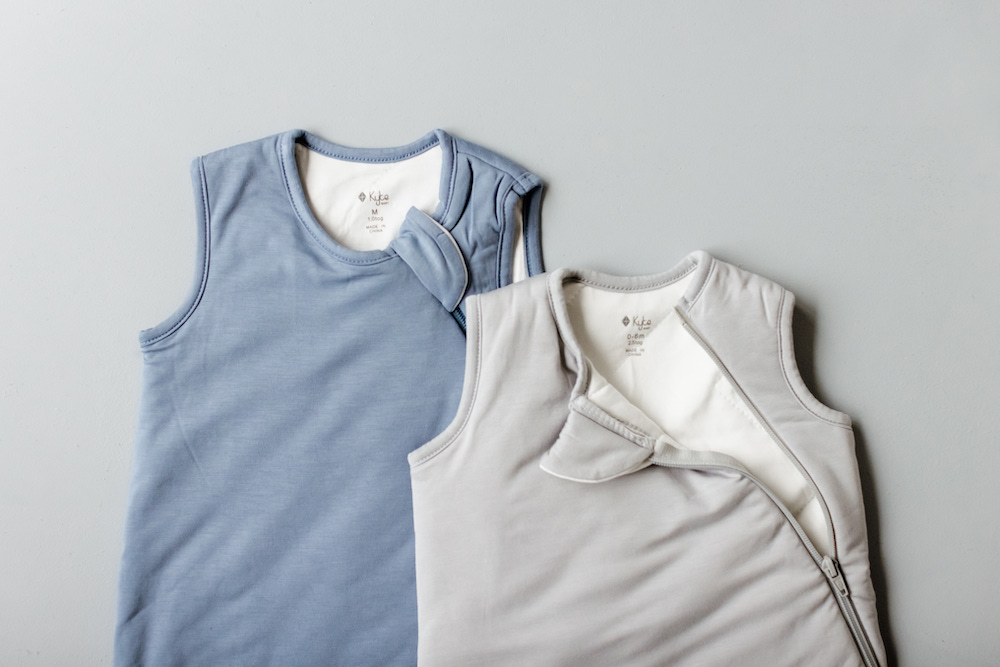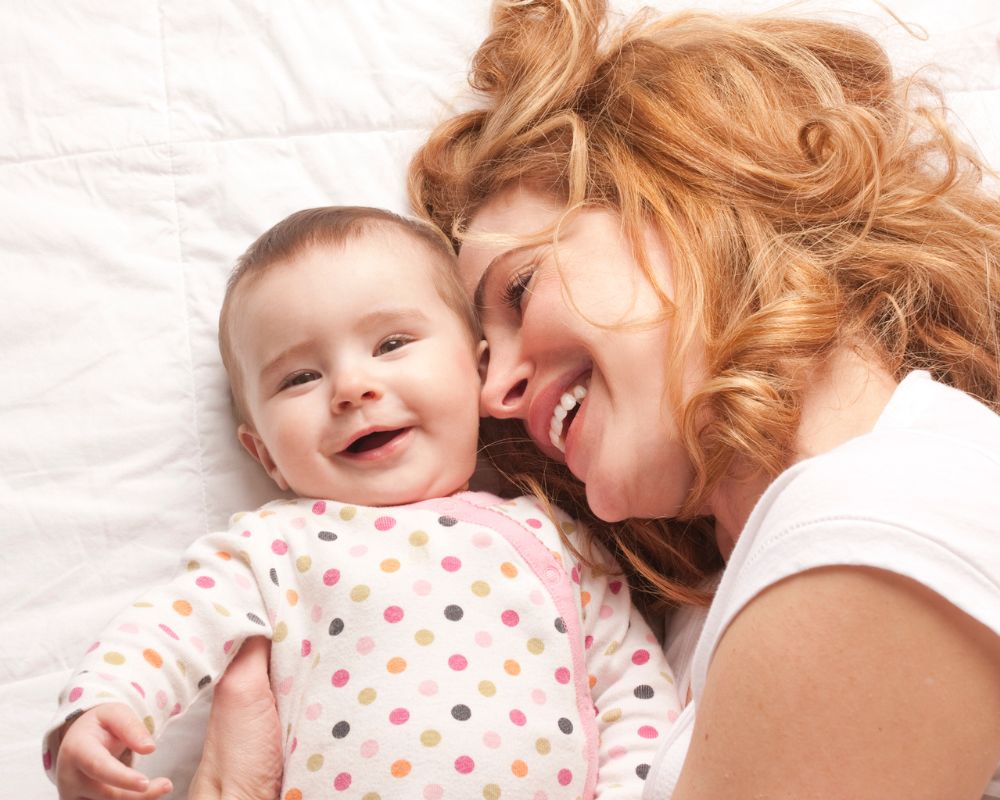Is swaddling your newborn safe? What are the benefits of swaddling? Let me show you the research on swaddling and why I’m a big fan of swaddling your newborn for better sleep.
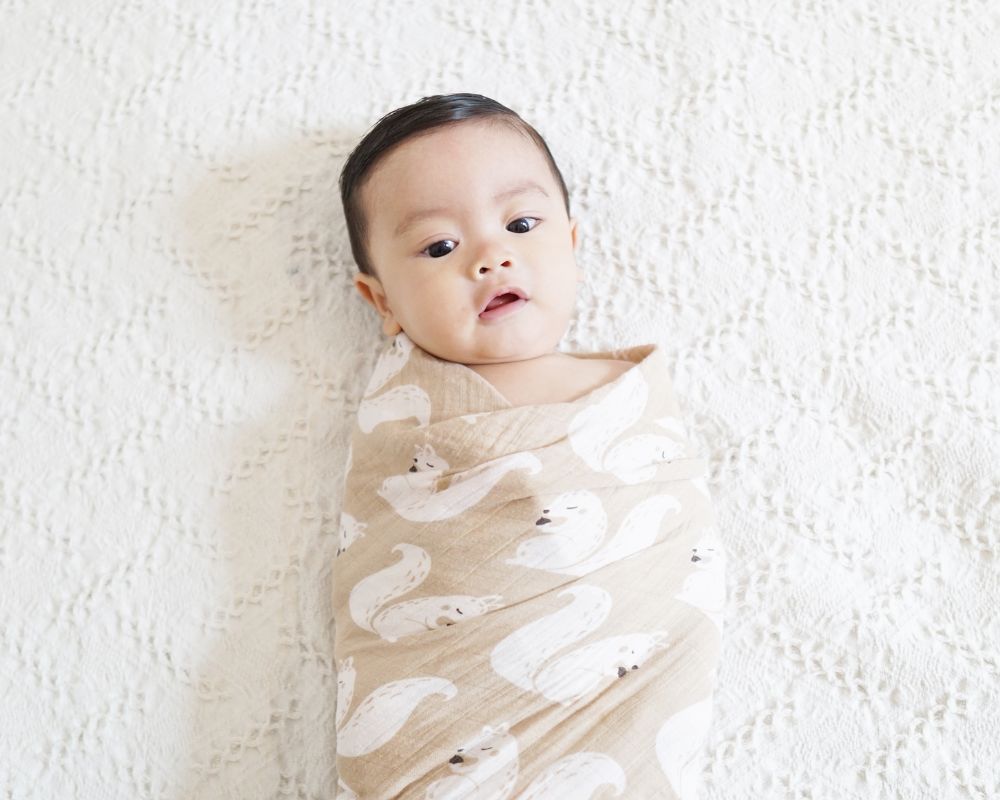
One of the first things nurses do after a baby is born is wrap them up in a burrito-like swaddle.
Learn all about the safety of swaddling, how to properly swaddle, and when to stop swaddling in this post.
Want a realistic newborn sleep schedule? Download my free newborn sleep schedule to see what a day with your newborn might look like. Click here to grab it. It’ll be super helpful.Is Swaddling Safe?
Swaddling is safe so long as you are following the safe sleep recommendations per the American Academy of Pediatrics AAP. (source).
Those recommendations include (source):
- Placing baby on a firm, flat surface
- No loose blankets or other objects in baby’s sleep space
- No weighted swaddles, sleep sacks, or blankets
- Baby is in their own crib or bassinet
- Keep baby’s sleep space smoke-free
Are There Any Risks to Swaddling?
While I am a firm supporter of swaddling newborns for sleep, there can be some risks to swaddling your newborn.
Be aware of the following and take caution when swaddling in these instances.
Overheating
Swaddling your baby can increase their chances of overheating.
Signs that your baby is too hot while sleeping include:
- Skin is warm to the touch and/or flushed
- Ears are hot and red
- Sweaty neck and/or hair
- Fast breathing
- Rapid heart rate
Baby Starts Rolling
Swaddling becomes dangerous once your baby starts rolling in their sleep from their back to front. As soon as your baby shows signs of rolling, you’ll need to transition away from the swaddle.
Keep Baby’s Hips Loose
You want the swaddle snug around baby’s core, but not too tight around their hips. Make sure their hips can move freely.
Allow for 2 fingers to fit between the swaddle and your baby’s chest.
The Benefits of Swaddling
There are two major benefits to swaddling your newborn.
1. Prevents the Startle Reflex
The most helpful thing about the swaddle is that it prevents your newborn’s startle reflex from disturbing their sleep.
The startle reflex, also known as the Moro Reflex, can be a major sleep disrupter (source). It causes your baby’s body to react to noise by throwing back their head and pushing out their legs and arms quickly before bringing them back close to their body.
As you can imagine, it’s hard for babies to sleep through this reflexive, jolting movement.
But if you wrap your baby’s arms and legs snuggly against their body in a swaddle, they’ll be less likely to jostle awake.
The startle reflex stays with your baby for about two months. You can see why many families like to swaddle at least until the startle reflex goes away.
2. Creates A Womb-Like Environment
The other great thing about the swaddle is that the warmth and tightness mimics the conditions in the womb. The swaddle feels safe and familiar, making it easier for your baby to relax and fall asleep.
Should You Swaddle for Naps?
Because of the benefits, I encourage parents of newborns to swaddle their baby as part of their bedtime and nap routine.
Swaddling for naps can be an especially helpful way to get your baby to sleep in the bassinet during nap time.
All of the benefits that the swaddle brings to your baby’s night time sleep will be true during nap time, too.
You can see some of the best swaddles here.
Ready to say goodbye to sleepless nights?
We have a sleep solution for all ages. From newborn–preschoolers, we believe the whole family thrives when everyone is well-rested.
Select your child’s age to get started:
When to Stop Swaddling
You can usually safely swaddle babies for sleep during at least the first two months of life, and sometimes up to 3 months.
However, the time to stop swaddling is when your baby starts rolling over.
In fact, the moment your baby shows signs of rolling during tummy time, it’s time to transition them out of the swaddle.
According to the American Academy of Pediatrics (AAP), rolling over from back to front while swaddled is a risk for Sudden Infant Death Syndrome (SIDS) (source).
When you wrap your baby in a swaddle for sleep, they are unable to push their head up and away from the mattress if they roll in their sleep. This creates a risk for obstructed breathing.
Is it Okay to Keep Baby Swaddled All Day?
In order for the swaddle to work as an effective way to signal sleep for your baby, you should reserve it for sleep times only.
That means it’s okay to swaddle for naps, but not during your baby’s awake times.
There’s a lot of development happening in the first few months of your baby’s life. A big part of that is learning how to move their bodies.
To foster that development, make sure that your baby’s wake windows includes some activity in a position where they can move around. That means having their hands and feet free to explore!
It’s much easier for a baby to fall asleep after they’ve been active. Things like tummy time, reading books, and going outside on walks are a great way to keep your baby sufficiently stimulated.
Should Baby Be Swaddled for Feedings?
I recommend taking your baby out of the swaddle during feedings.
The swaddle creates such a cozy environment and unwrapping your baby for feeds can be a great way to help keep your baby awake during the feeding.
Save the swaddle for times when you want to signal to your baby that it’s time to wind down and get to sleep. It can become a great sleep cue!
Is Swaddling A Baby Necessary?
Swaddling a baby isn’t necessary, but a proper swaddle can help soothe a fussy baby and encourage longer durations of sleep.
When following the guidelines, swaddling can be done safely to encourage longer stretches of sleep.
Alternatives to Swaddling
If you don’t want to swaddle, or your baby hates the swaddle, there are some other options.
There are swaddle alternatives and transition swaddles that can help your baby enjoy some of the benefits of a swaddle without being wrapped up as tightly:
- Love to Dream: The Love to Dream allows your newborn to sleep with their arms up near their head, instead of down by their side. The shoulder parts are also removable.
- Zipadee Zip: The unique starfish design gives baby plenty of space to move, while still keeping their hands and arms secure.
- Sleep Sack: The startle reflex may wake them up, but there’s no harm in using a sleep sack from the start.
If you have any questions about newborns and swaddling, leave them in the comments below and we’ll help you troubleshoot.
- 25 Magical Disney Pregnancy Announcements - April 24, 2024
- Printable Pregnancy Announcement Scavenger Hunt For Husband - April 24, 2024
- 35 Adorable Ways to Announce your Pregnancy to Your Family - April 24, 2024
